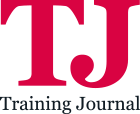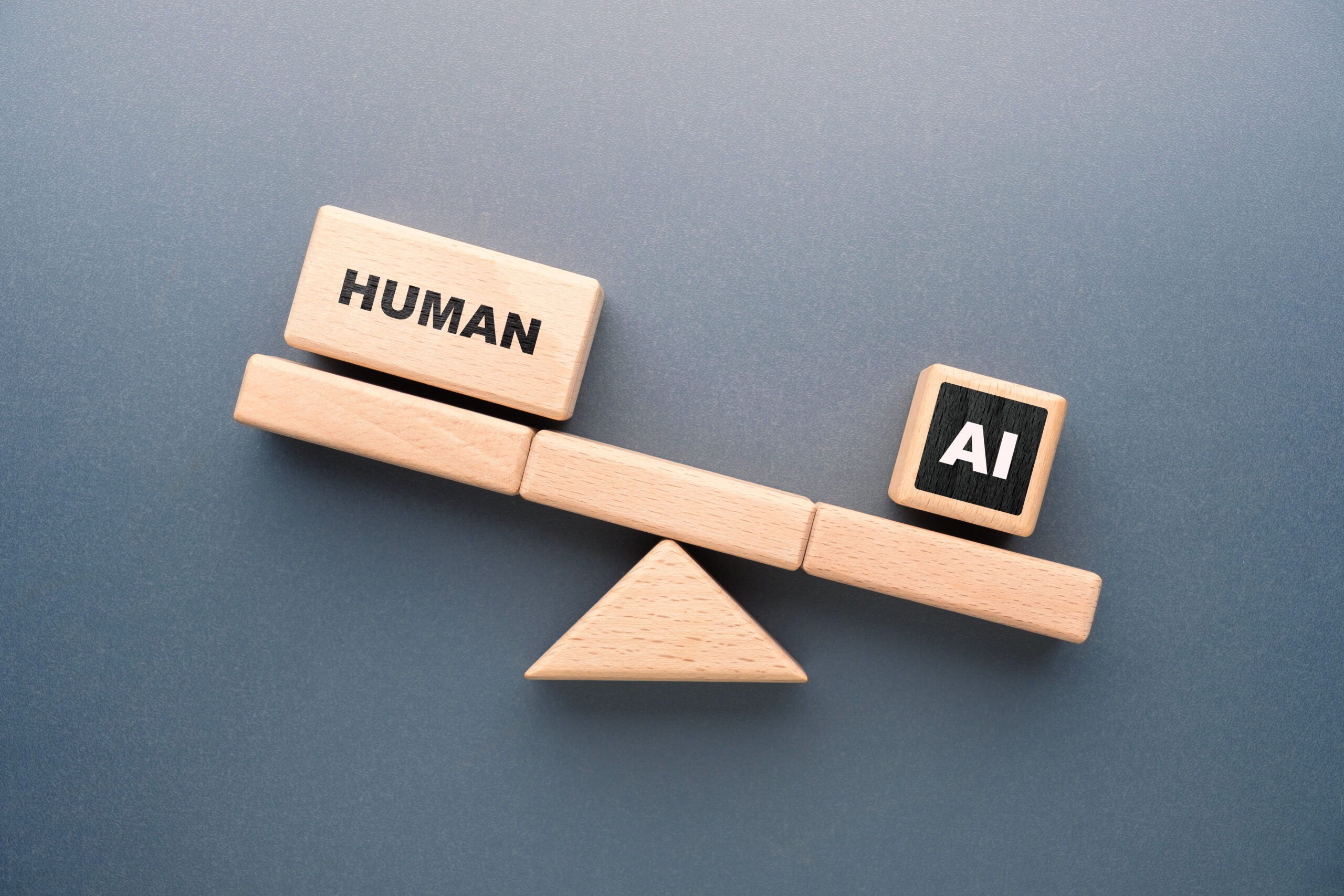Kalindi Hawkins explores how organisations can develop human-centred capabilities to thrive in an AI-driven world. Moving beyond digital upskilling, she shares five practical strategies for building adaptability, resilience, and leadership in uncertainty. This approach turns learning into a strategic asset that fuels transformation, not just transactions, in today’s fast-changing landscape.
In a workplace shaped by artificial intelligence, the skills once called “soft” are now the core human advantage. As AI automates tasks and analyses data faster than any person could, the differentiator isn’t technical mastery but our capacity to think critically, collaborate creatively, and adapt to uncertainty.
These capabilities aren’t “nice to have”, they’re survival skills.
Our ability to learn, and keep learning, is the defining edge. What we learn, how we learn, and how we help others grow must shift as L&D teams prepare people for roles and realities that don’t yet exist, where the only constant is complexity.
The capability challenge
Most organisations recognise the need to upskill in response to AI and the focus often leans heavily on digital literacy, data fluency, and technical proficiency. These are vital, but they’re only half the story.
The World Economic Forum’s 2025 Future of Jobs report highlights that the top skills for the coming years include:
- Analytical thinking and problem-solving amid uncertainty
- Emotional intelligence to collaborate in hybrid human–AI teams
- Ethical reasoning to guide responsible AI use
- Adaptability and resilience to navigate continuous change
These human-centred capabilities can’t be automated. They’re harder to measure and teach, but they underpin sustainable growth in an AI-enabled world.
Demand is rising for programmes that strengthen resilience, decision-making in complexity, and cross-functional collaboration. Meeting that demand means going beyond upskilling, it means building capability cultures, treating learning as an ongoing investment in curiosity, reflection, and change-readiness.
What makes capability stick?
If human adaptability is the new differentiator, we need to understand what sustains it. Here’s what we’re seeing work in practice:
1. Design learning for discomfort
Resilience isn’t built by sitting through a webinar. It develops through making decisions in unfamiliar environments, getting feedback, and trying again. Experiential learning is powerful when it mirrors the ambiguity learners face in their roles.
Best-in-class management training should include structured collaborations between universities and businesses and participants should tackle immersive business simulations with an AI innovation. Respond to shifting priorities, collaborating under pressure, and making strategic decisions in a realistic environment means that the aim isn’t just knowledge; it’s capability under pressure.
2. Prioritise reflection and sensemaking
Learning from uncertainty requires time to process. Yet workplaces often reward speed over reflection, leaving valuable lessons unclaimed.
Embedding reflective space into learning journeys can mean journals, team retrospectives, or debriefs at the end of sprints. Pairing challenges with prompts like What surprised you? What assumptions were tested? How would you act differently next time? develops meta-cognitive skills essential to capability growth.
3. Foster social and peer learning
Learning in isolation limits adaptability. Collaborative learning allows employees to share challenges and solutions, normalising uncertainty and building collective resilience.
Structured approaches that combine cognitive, social, and facilitative presence help create sustained learning conversations. These are more than knowledge-sharing groups; they’re networks for sensemaking, accountability, and change.
4. Focus on real-world application
Capability development stalls when learning stays abstract. People need the skills, confidence, and conditions to apply learning in real time, through active experimentation, reflection, and rapid adaptation.
Embedding through methods like Learning Squares and Action Learning Sets – peer-led, problem-focused groups that transform individual insights into collective capability and lasting behavioural change, is much more realistic.
5. Develop leaders for uncertainty
Adaptability must start at the top. Leading in an AI-enabled world demands more than managing processes, it requires comfort with ambiguity, ethical decision-making, and creating psychological safety.
Leadership programmes focused on uncertainty, emotional intelligence, and strategic thinking equip leaders to navigate rapid change. When leaders model curiosity, empathy, and flexibility, they inspire teams to embrace experimentation and continuous learning.
Focusing on experiential leadership development that strengthens these skills and supports cultures where innovation and agility need to be part of daily practice.
The imperative
The shift to AI isn’t just automating tasks, it’s compressing timelines and intensifying disruption. In this environment, the ability to learn, adapt, and act faster than your context has become the defining advantage.
Research from Deloitte shows organisations prioritising a strong learning culture are 56% more likely to be the first to market and 17% more profitable. Yet sustained learning rarely happens by chance, it’s woven into daily work, not tacked on as an afterthought.
Organisations need to move beyond one-off training to develop the mindsets, capabilities, and frameworks people need to navigate constant change. In a world where yesterday’s expertise quickly dates, the winners will be those who can continuously reframe, relearn, and reconnect, turning learning into a living, competitive asset.
Kalindi Hawkins is the Researcher at Ashorne Advantage




